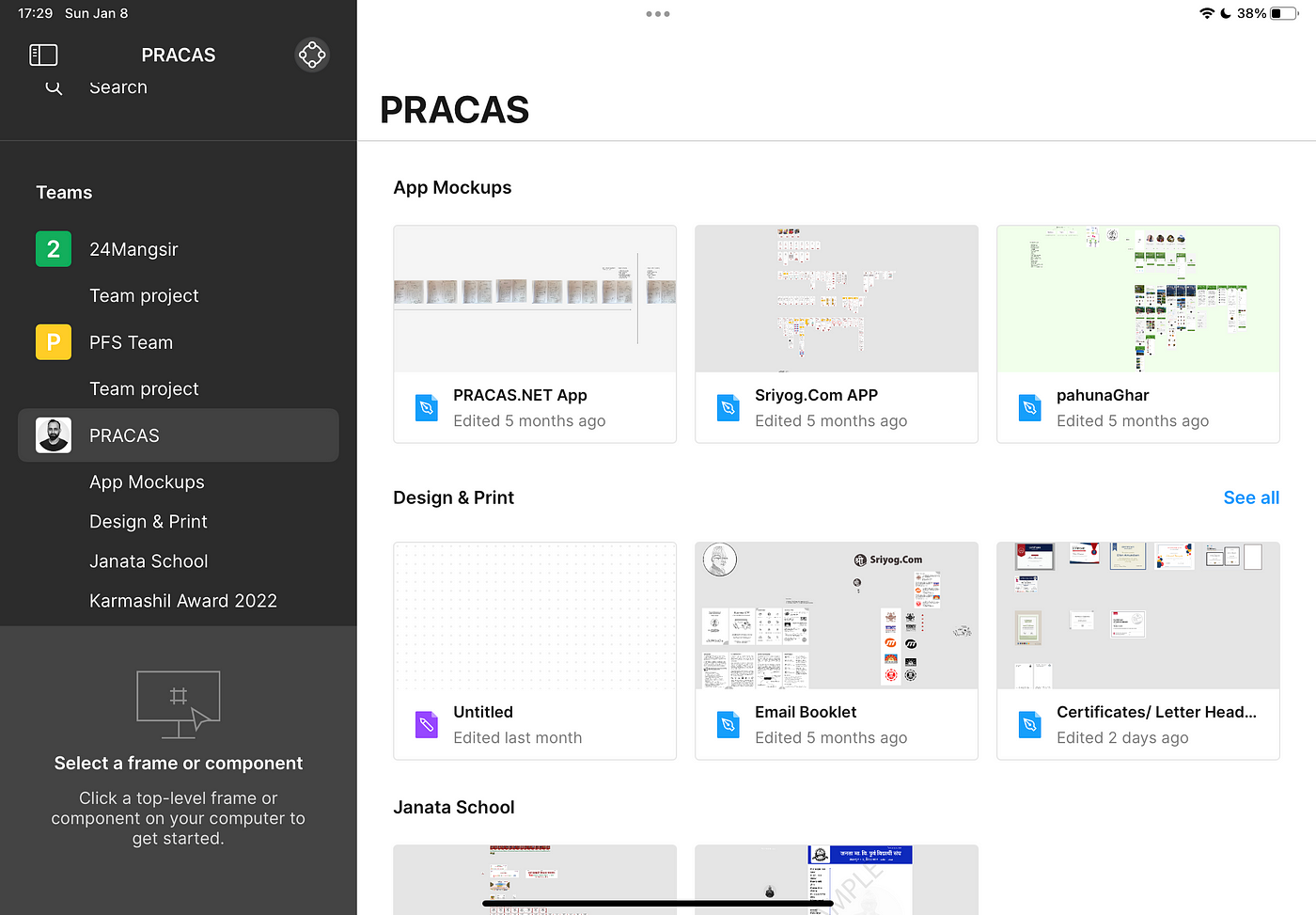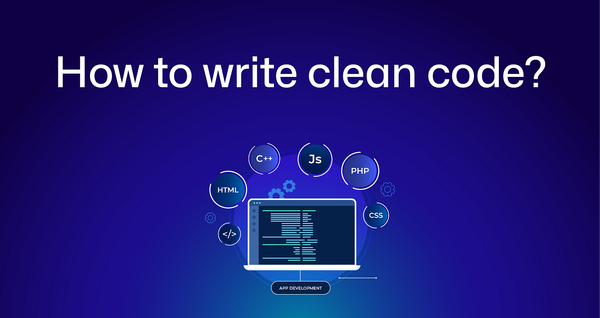Shifting from Photoshop to Figma
Adobe released its Photoshop 7 version on September 4, 2002. Photoshop quickly became a popular tool for photographers, graphic designers, web designers, and users of all skill levels, from professionals to beginners, all over the world.
Photoshop still has millions of users worldwide. Photoshop evolved from a simple photo and design tool to an AI-based tool in current days, providing multiple functionalities to simplify the lengthy task in a few clicks.
The initial release of Figma was on September 27, 2016. Only in 2017 did Figma become so popular that Adobe paid USD 20 billion to acquire it as a painful competitor.
SAN JOSE, Calif. — (BUSINESS WIRE) — Today, Adobe (Nasdaq:ADBE) announced it has entered into a definitive merger agreement to acquire Figma, a leading web-first collaborative design platform, for approximately $20 billion in cash and stock. The combination of Adobe and Figma will usher in a new era of collaborative creativity.
https://news.adobe.com/news/news-details/2022/Adobe-to-Acquire-Figma/default.aspx
Despite the fact that Adobe Photoshop has many built-in features, it is quite heavy in terms of operation. Depending on the raster-based engine, Photoshop can be the best option to use for photography-type works (mostly creating rich graphics).
As I started my graphical journey in 2003, as a student of Image Multimedia in Hyderabad, I got the opportunity to work on Photoshop 7. I recall creating a chronological watch in Photoshop 7 with the help of my mentor, Vishwas Aryan, who was a multimedia trainer at the time.

Photoshop 7 is still my favorite tool, but after switching to a Mac Book Pro in 2020, I was forced to use the latest version with its heavy consumption of RAM, memory, and storage.
Figma replaced Photoshop as my primary tool for creating design prototypes and mock-ups of mobile and web applications.
Top notch features of Figma
Everything is stored in the cloud.
Whatever we do, the work is saved in Figma. It can be accessed from different computers, a tablet, or any other device. The files are synchronized automatically in the background.
Save a local copy
A local copy can be saved as an.fig file. Files can be shared easily. It can be saved for later use in any cloud storage or on any drive.
Version control like GitHub
The file version, in particular, can be restored to a previous work or date.This is a great feature with which Figma allows you to take actions on versions, making it easy to handle accidental changes and updates.
Collaboration with a Group
Like Google Docs, it has a feature for working with a team on small or large projects. It seamlessly integrates with every team member to approve, comment, work, and perform actions.

Lightweight
Figma is very lightweight, and it even works on Windows, Linux, Max, and other operating systems. Even in an old version of Windows, it works flawlessly.
Photoshop-like feature in the browser
Adobe Photoshop has a plethora of useful features for photo editing, effect creation, document creation, and file management.Similarly, action has comparable major features for taking action on any work.
There are numerous plugins available
The Figma community has tons of plugins like Photoshop that easily execute amazing tasks like creating multiple documents, icons, file size layouts, and more in a few clicks.
Powerful automation
Automation is the best part of Figma, where it can be used in multiple ways to speed up work in everything from designing banners to creating mock-ups of web or mobile applications.
Photoshop, Corel Draw, InDesign, and Illustrator are all used.
In a single word, Figma is a mixture of Corel Draw, Adobe InDesign, Illustrator, and Adobe XD.

Create rough sketches or prototypes.
Figma is one of the best tools to create sketches and prototypes (not mentioning Fig Jam).
Preview on multiple screens
All designs can be previewed in multiple formats and on multiple screens.
Apart from the features mentioned above, millions of users have used figma to create banners, illustrations, website designs, mobile applications, and in a variety of other ways.




